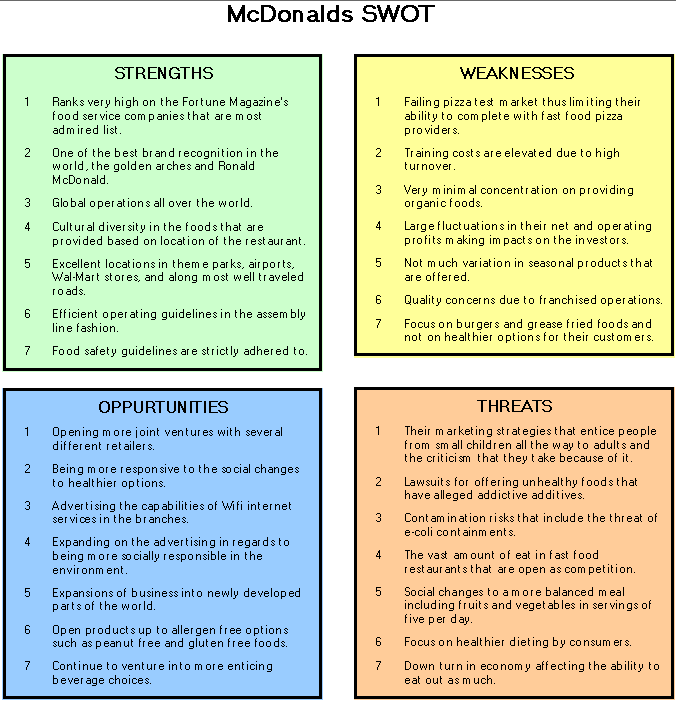Meet Porter's generic strategies.
Some research upon this topic has led me to understand that there are originally 3 segments instead of 4, but here are two different types of porter's generic strategies. Both works and produce results.


A great stress is emphasized on PICK A STRATEGY ! DON'T GET STUCK IN THE MIDDLE OF DIFFERENT STRATEGY! when this topic comes up.
As I learn from more and more of these tools, I began to realized a common feature amongst all of them, they're all limited. Take this tool, porter's generic strategies for example. Hybridization is frowned upon when using this tool. If we were to look at the organizational structure, tall structure , flat structure, they're all specific and the academics who proposed these ideas believed that their ideas were the best.
Look at Google, the company is an example of hybridization of tall and flat structure, and look at how successful it is! Learning these strategies and following them will only limit us, it is, however, good for guidance, but not to the extent where you worship it. Imagine the possibilities that were demolished because they followed the "pick a strategy, don't get stuck in the middle of it or else it'll fail" idea. I believe, there are a lot of companies that pick a strategy, hence making the market tougher to beat because of the number of people to beat, however, if you have a good combination ( which is a little harder to do ) , the number of competitors would be less as you provide a more unique service/product to them.
NEXT STOP : ANSOFF MATRIX !
After searching numerous videos about this topic, I've decided to give up. None of them is good enough to catch my attention the whole way, hence I'd like to summarize about this topic on my own.

Market Penetration : Growth strategy where business focus on selling existing products into existing markets.
Market Development : Growth strategy where the business seeks to sell its existing products into markets.
Product Development: Growth strategy where a business aim to introduce new products into existing markets.
Diversification : Growth strategy where a business markets new products in new markets. (HIGH RISK)
Ansoff Matrix suggests that a business' attempts to grow depend on whether it markets new or existing products in new or existing markets.This tool helps businesses to determine its product and market growth strategy.
I've thought long and hard about this, and I believe that this theory doesn't include the possibilities of a business growth from taking over other businesses or merging with other businesses. This is also a strategy that is possible for the growth of a business.
Aside from that, I've finally understand the required reading of Mintzberg's of strategies, deliberate and emergent journal after reading it over and over again, but mostly thanks to my tutor's handout which clarified the topic because the reading consists of words which confuses me. With it, it helped me realize that different companies have different preference of emergent or deliberate strategies to certain extents.





